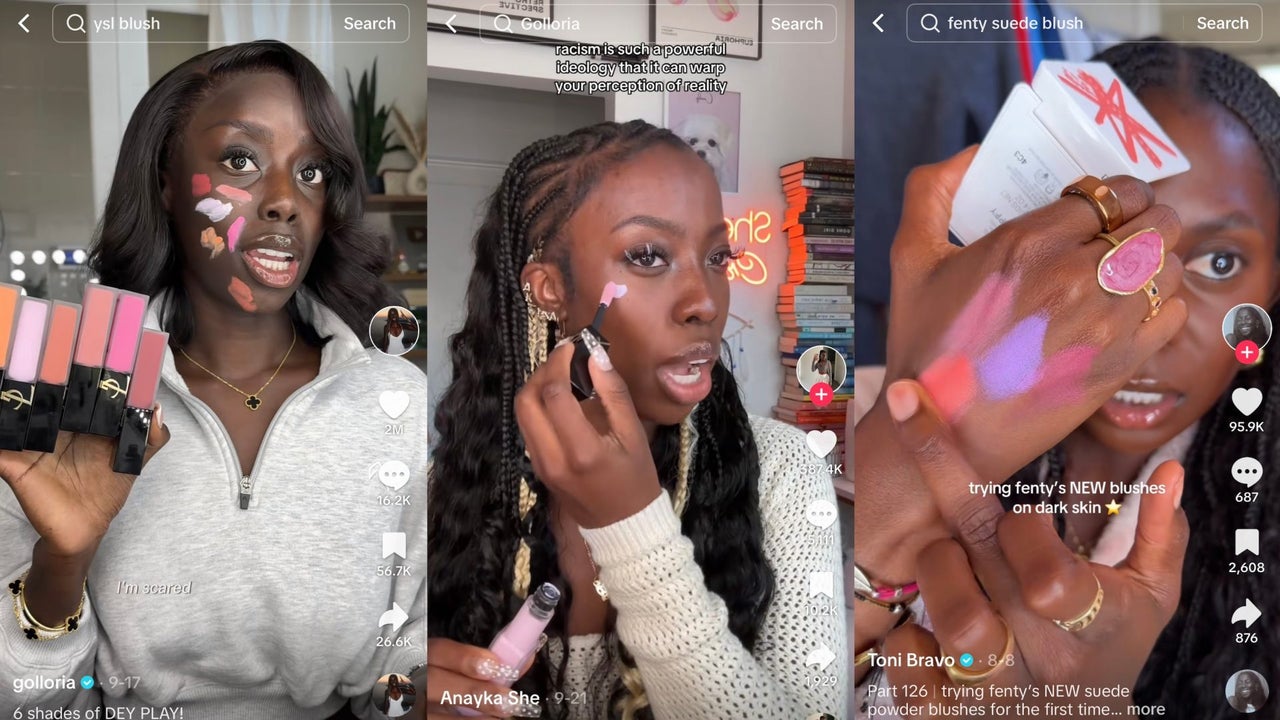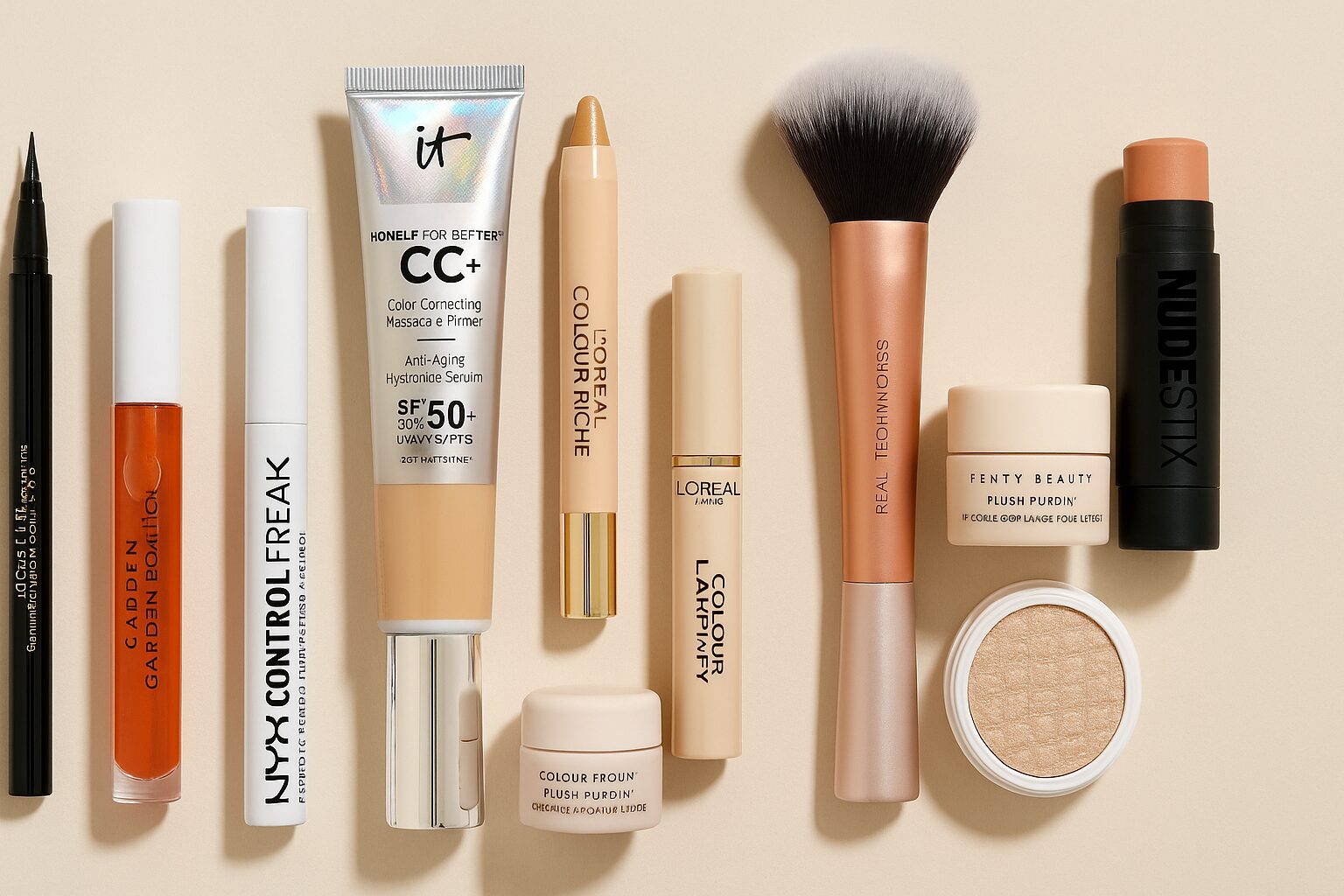The summer of 2024 will likely be remembered in the beauty sector for its “blush boom.” Everywhere you looked, there were rosy cheeks – whether in magazines, on social media, or by simply walking outside. The variations of blush-inspired trends were vast, ranging from the romantic “sunset blush” which marked the start of the season, to the “boyfriend blush” and “blush smoothie” looks that dominated as the months went by. Each style was characterised by bold and radiant cheeks, with every possible shade of pink, coral, and berry flooding the shelves and saturating social media feeds.
However, as the blush madness unfolded, a lingering problem refused to fade away. The beauty industry, in all its years of existence, has struggled with inclusivity – and it seems this was yet another season where the brands fell agonisingly short for deeper skin tones. Despite the numerous new products launched in its name, the blush boom of 2024 left many people of colour in the cold. The majority of the blush shades released were simply incompatible with deeper complexions.
In the midst of it all, one beauty influencer’s voice rang louder than the others – a Sudanese-American beauty and lifestyle creator with deep skin tone, who used her broad platform to stand up for inclusivity and condemn the beauty brands that, time and again, miss the mark when it comes to deeper complexions. Her approach was powerful because of its unapologetic nature. She was undeterred in bringing to light the crude disregard an entire community faces from the beauty industry.
As the summer went on, the influencer’s candid reviews and advocacy for inclusivity started to reverberate within the online beauty community, bringing to light the intense need for genuine diversity in beauty offerings. However, with courage comes detractors – some unreasonably argued that not every product needs to cater to deeper skin tones.
This sparked a dialogue about the modern beauty landscape, with critics arguing that brands often outsource their commitment to social responsibility in favour of seeming more “progressive.” This performative variety of inclusivity turns a blind eye to the needs of black women, who, despite improving representation in the media, are still among the most misunderstood and poorly catered to consumers in the beauty industry. This discrepancy has only bred a culture of ignoring genuine change in demand of comfort and fragility.
Transparency seems to be the missing element in the entire discourse. In the case of the YSL’s much-discussed “Lavender Lust” blush released in 2024, users expect brands to be open about the intent behind their new product lines and honest in their representation. The blush made for ultra-pale complexions was marketed as a universal product, regardless of the fact that it didn’t even work well on lighter skin tones, let alone deeper complexions.
The industry must understand and respect the individuality of each customer. Rather than adopting a one-size-fits-all approach, differences in undertones, features, and preferences should be acknowledged and embraced. The age of performative inclusivity is coming to an end, with consumers participating more today than ever before in shaping beauty and skincare. More than transparency, embracing inclusivity by actually testing products on a diverse range of complexions before their launch is crucial. The consumers of today’s beauty industry are demanding, educated, and aware – and it’s time the industry reflected that.
In a world where everyone has a voice through social media, brands that choose not to make their products truly inclusive face active backlash. In the current landscape, from product development to marketing strategies, brands need to understand that consumers are observant, vocal, and will not hesitate to call out performative inclusivity. As we move past the blush boom of summer 2024, it highlights that the time for change is not tomorrow, but right now. It beckons for more than just box-ticking: it calls for brands to truly listen and engage with their audience, or risk losing them.





